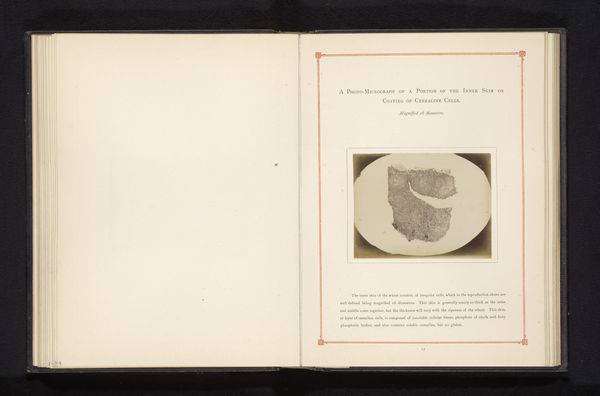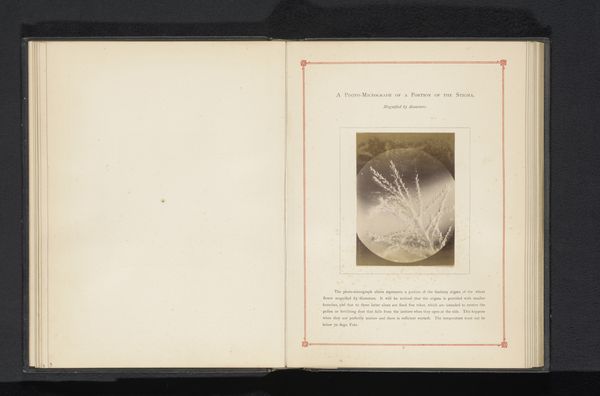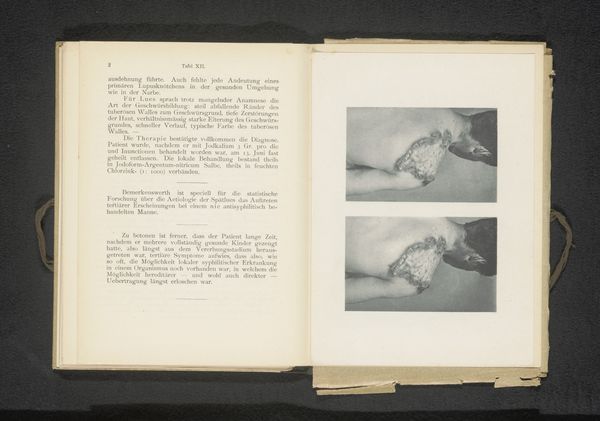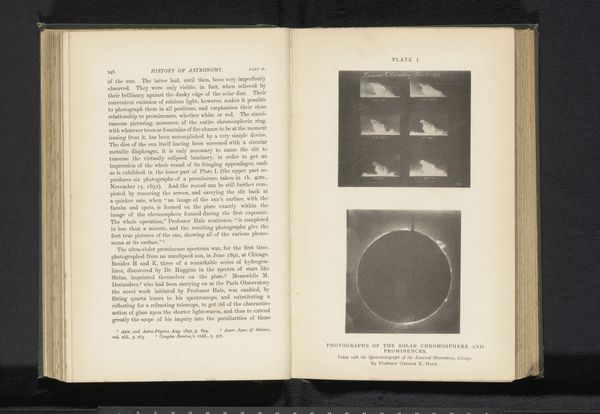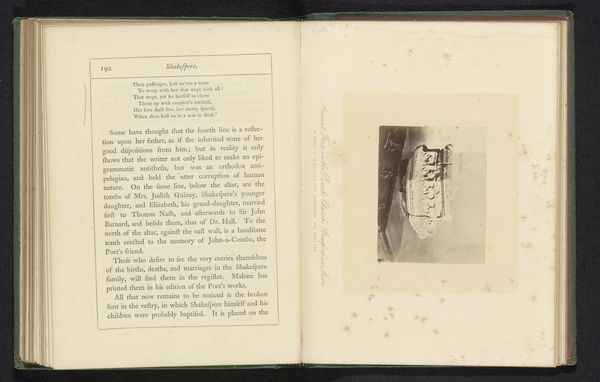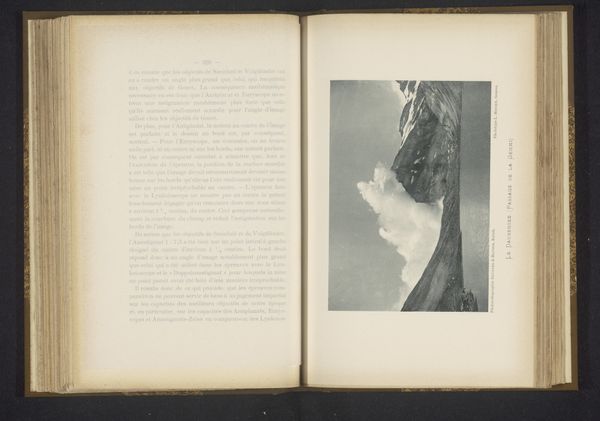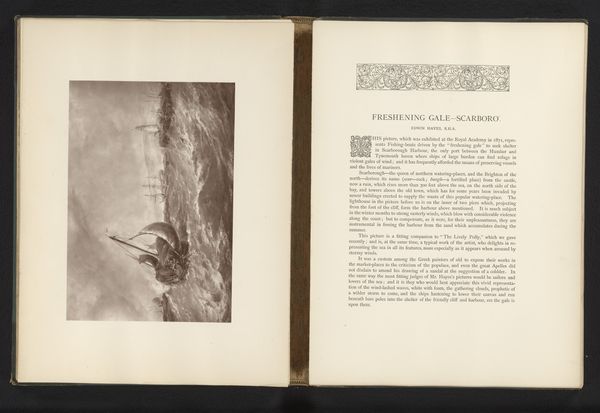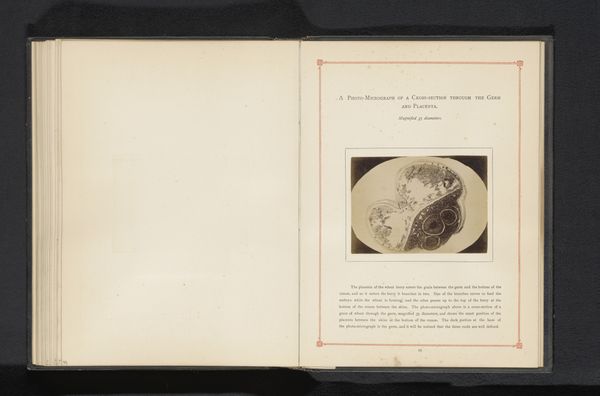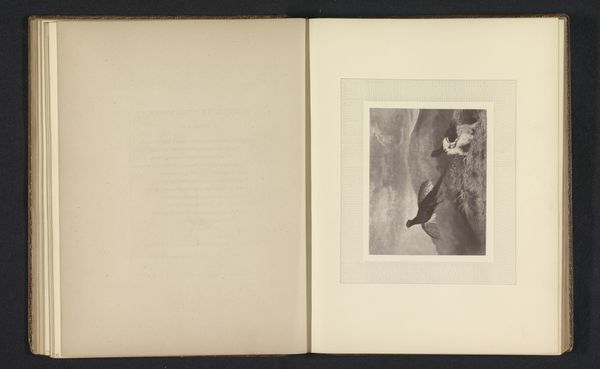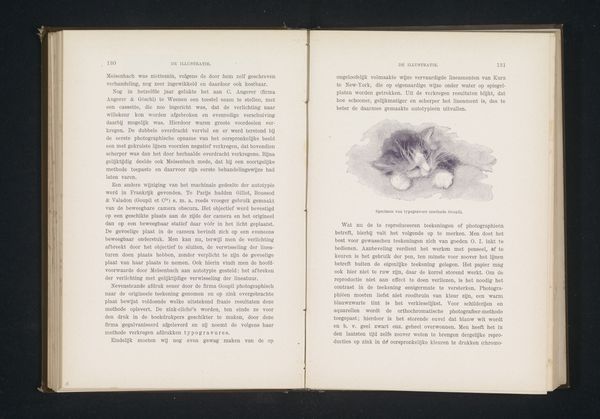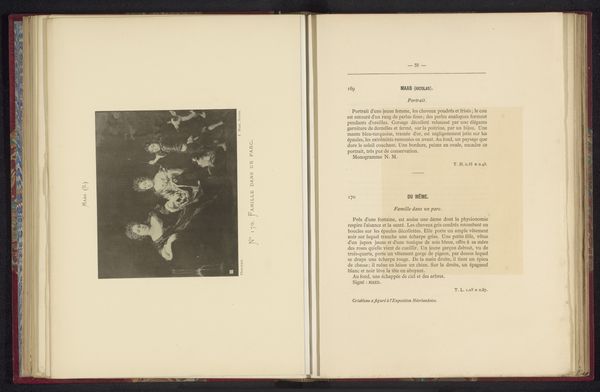
Microscoopopname van een stempel van een tarweaar na de bevruchting before 1892
0:00
0:00
print, photography, albumen-print
#
still-life-photography
# print
#
photography
#
plant
#
albumen-print
#
realism
Dimensions: height 75 mm, width 103 mm
Copyright: Rijks Museum: Open Domain
This is Robert W. Dunham’s photogram of a wheat flower stigma, a microscopic image of the plant’s reproductive organ after pollination. The late 19th and early 20th centuries saw great interest in applying new technologies, like microscopic photography, to the study of the natural world. This was a time of scientific advancement, but also of social stratification, influencing how science was conducted and perceived. As we look at this image of the wheat flower, consider that the ability to explore and document the microscopic world was a privilege. Scientific discoveries are often intertwined with societal power structures. Who has access to this knowledge, and how is it used? The delicate, almost ethereal quality of Dunham’s image reminds us of the beauty and complexity often hidden from plain sight. It invites us to consider the intersections of science, art, and society. How do our perceptions of nature and knowledge shape our identities and our world?
Comments
No comments
Be the first to comment and join the conversation on the ultimate creative platform.
